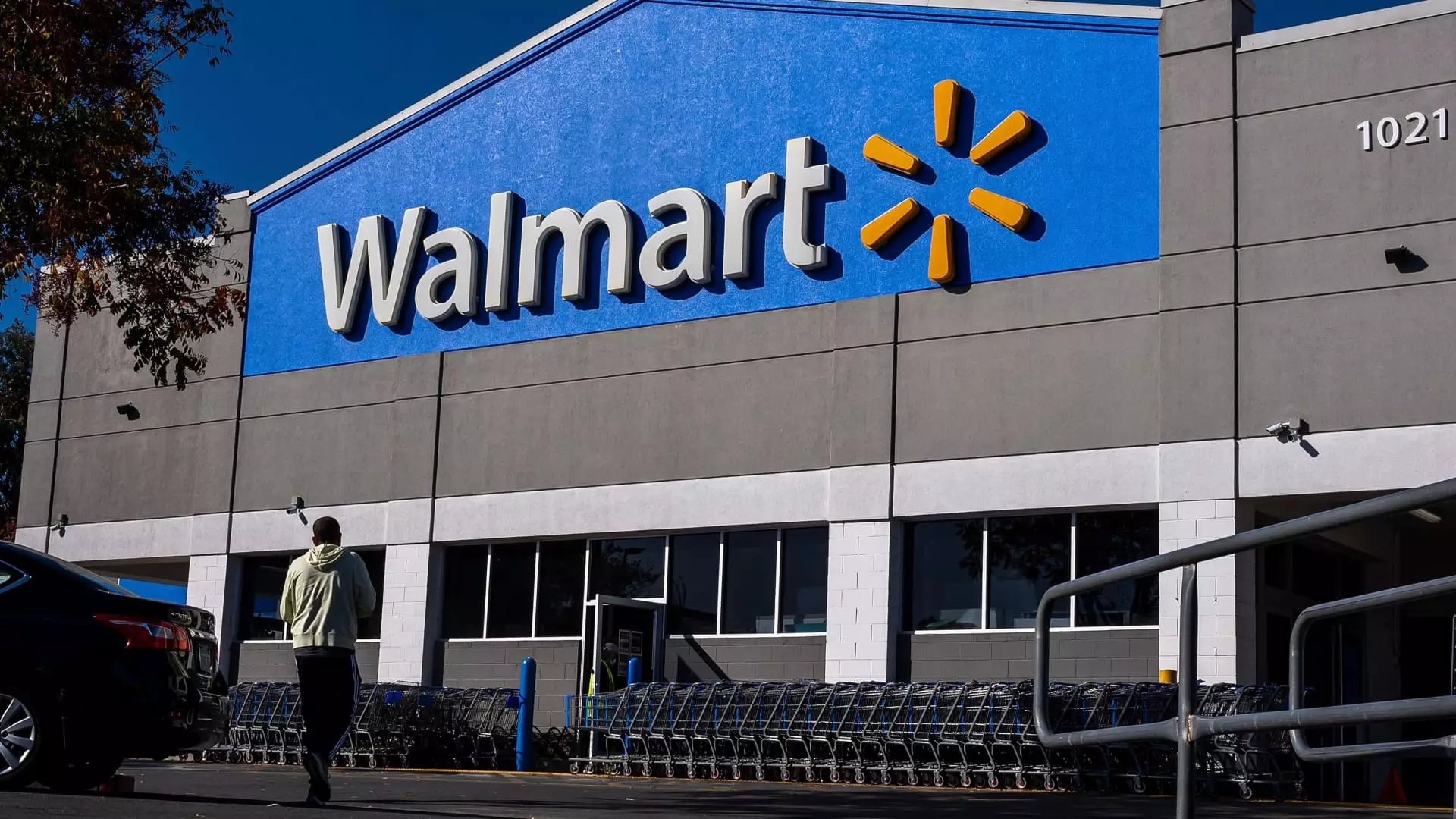The complex landscape of international trade and tariffs is a topic that weighs heavily on the minds of economists, retailers, and consumers alike. As President-elect Donald Trump proposed a substantial increase in tariffs, which could affect a wide range of imported goods, retailers are preparing for potential repercussions. As John David Rainey, Walmart’s Chief Financial Officer, articulated in a recent interview, the prospect of higher prices for consumers is becoming increasingly likely. This situation raises significant questions about the future of retail pricing and the broader implications for American families.
Walmart, as one of the largest retailers in the U.S., has a unique perspective on the evolving tariff situation. Rainey emphasized the company’s commitment to maintaining its “everyday low prices” model. However, the reality is that with tariffs on the horizon, the retailer may find it difficult to shield consumers from price hikes. While Rainey refrained from identifying specific products that might see price increases if tariffs take effect, he underscored the likelihood of consumer costs rising in some instances. This acknowledgment reflects a broader concern shared by many retail leaders about how new tariffs could reshape the consumer experience.
The implications of proposed tariffs extend beyond Walmart. Companies across different sectors are voicing their concerns about the potential financial burden that tariffs may impose. The National Retail Federation, led by CEO Matthew Shay, has termed these tariffs as a “tax on American families.” His assertion that tariffs will not only inflate prices but also lead to job losses highlights the stark reality that the political climate can have tangible effects on everyday life. The worry extends to various retail brands that might be forced to reassess pricing structures or even alter their supply chains fundamentally to mitigate financial losses.
E.l.f. Beauty’s CEO, Tarang Amin, exemplified this concern when he suggested that if tariffs become a reality, the beauty brand may need to adjust its prices. This sentiment echoes throughout the industry, as companies brace themselves for potential changes in consumer purchasing behavior. In essence, the anticipated tariffs risk triggering a ripple effect throughout the economy, as higher prices tend to decrease consumer spending power, which can be damaging for retailers.
Despite the uncertainty, companies like Walmart and Lowe’s are actively preparing for the changes. Rainey pointed out that about two-thirds of Walmart’s inventory is produced domestically—an effort to mitigate reliance on imports and minimize the risk posed by tariffs. This strategy to diversify the supply chain mirrors similar adjustments at Lowe’s, where CFO Brandon Sink noted that 40% of their cost of goods originates from outside the U.S. Both companies emphasize proactive planning, suggesting a critical recognition that the trade environment requires flexibility and adaptability.
As tariffs create an atmosphere of volatility, the ability to source goods from a variety of locations will be pivotal. Companies are encouraged to reassess their supply chains, potentially looking to add more domestic vendors or diversify their imports from other countries to lessen dependence on a single source such as China.
The imminent threat of tariffs could redefine the landscape of retail pricing in the U.S. market. While giants like Walmart are attempting to navigate the complexities of supply chain logistics and pricing strategies, the uncertainty looms large. As entities react to the evolving situation, consumers may face the brunt of increased costs—and the economic implications could ripple far beyond simple price hikes. It remains imperative for both retailers and their customers to remain vigilant and informed as the economic policies surrounding tariffs unfold, with an eye toward how they shape the quintessential dynamics of consumer spending and market stability moving forward.

